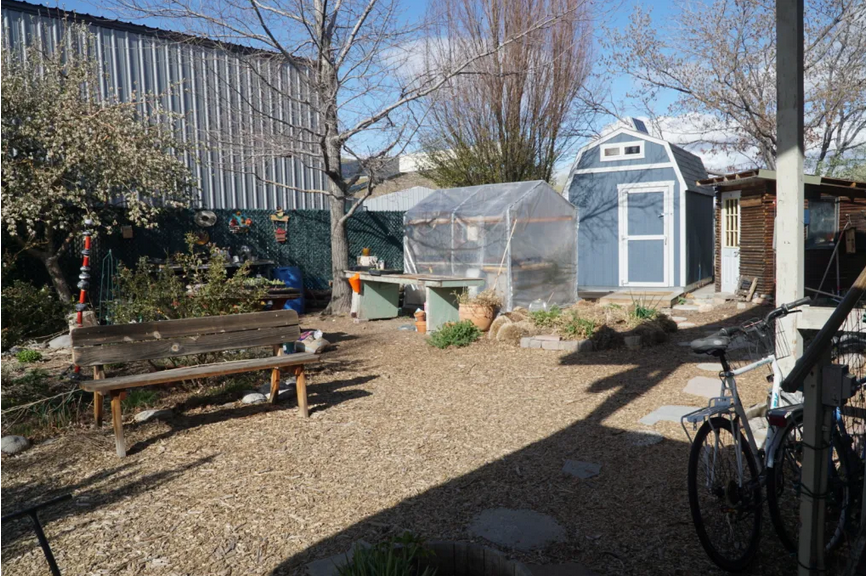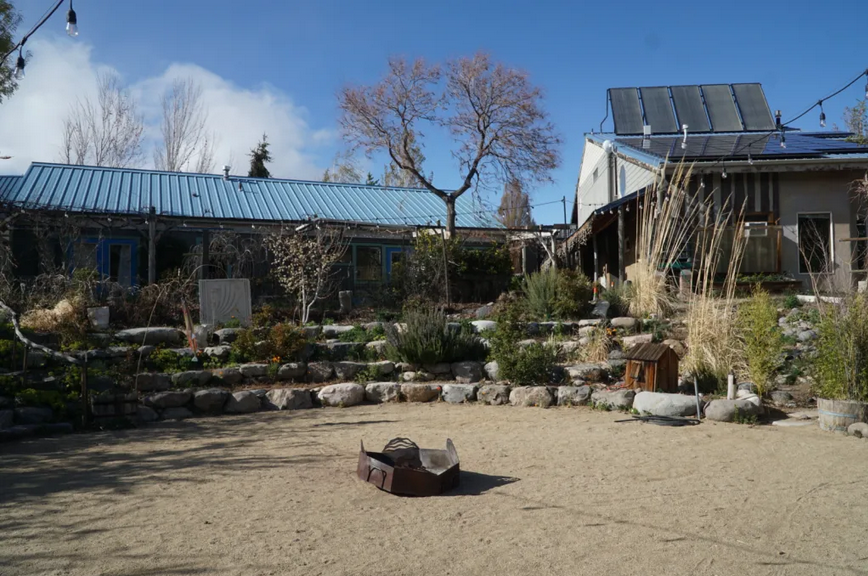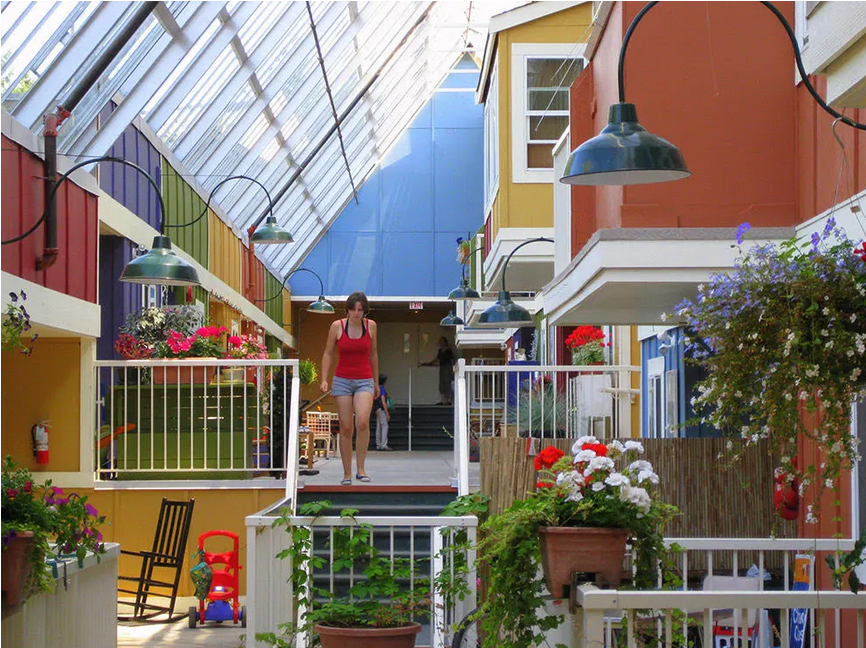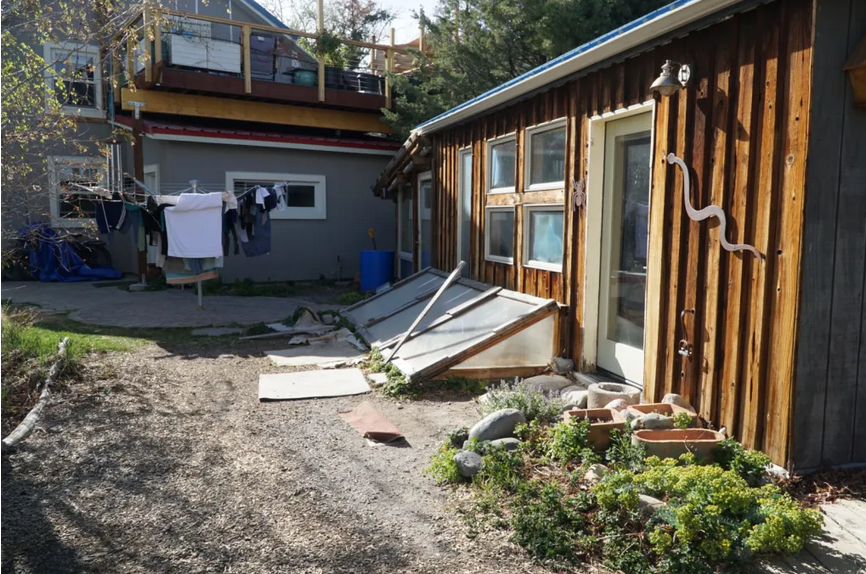Cohousing is a kind of intentional community of private residences with shared communal spaces. The homes are generally clustered around shared space. Each home has traditional amenities, including a private kitchen, bathroom, bedrooms and living spaces.
Common spaces can include as little as a single playground and landscaping or as much as a full facility consisting of a communal kitchen, library, meeting rooms, laundry services, a mail room, gardens, parking, walkways and more, all of which residents are responsible for maintaining together.
 Cohousing communities are generally designed–both architecturally as well as socially–to encourage interaction and care between residents, as well as including eco-friendly design elements. In some cohousing communities, residents might share tasks such as meal prep, cooking only once or twice a month – though they find themselves cooking for 30 or more people each time.
Cohousing communities are generally designed–both architecturally as well as socially–to encourage interaction and care between residents, as well as including eco-friendly design elements. In some cohousing communities, residents might share tasks such as meal prep, cooking only once or twice a month – though they find themselves cooking for 30 or more people each time.
Cohousing has been a well-known concept to countries in the European Union and the Netherlands but has also been slowly gaining popularity within the U.S. and Canada as well. The term cohousing originated in Denmark sometime in the late 1960s, and has spread throughout the world since then, including making its way to the U.S. in the 1980s.
 The idea behind cohousing as an alternative to more traditional methods of housing is rooted in the idea that community should be intrinsically bound with housing. For example, in Santa Rosa, they designed their cohousing units with the garage or parking in the back of the house, but there’s no door between the house and the garage. They did that because they want people to walk around and walk in front of the units to encourage interaction between people. Research supports this idea; the most often cited benefits relate to social support–whether it comes from merely socializing or chore sharing or sharing resources and support with one another.
The idea behind cohousing as an alternative to more traditional methods of housing is rooted in the idea that community should be intrinsically bound with housing. For example, in Santa Rosa, they designed their cohousing units with the garage or parking in the back of the house, but there’s no door between the house and the garage. They did that because they want people to walk around and walk in front of the units to encourage interaction between people. Research supports this idea; the most often cited benefits relate to social support–whether it comes from merely socializing or chore sharing or sharing resources and support with one another.

Early adopters of cohousing have generally been white, politically liberal and educated. Women seem to be represented more often than men. This lack of diversity in cohousing could be due to a lack of knowledge; being older, more educated and an active voter predict greater knowledge of cohousing, and being a liberal, working woman predict greater interest in cohousing. The majority of cohousing is made up of baby boomers, which could be due to the fact that as people age, they realize they need more support, both socially and when medical issues arise.
Many cohousing communities across the country are designed specifically for seniors, so residents can continue to live independently while also receiving support from close-by friends and neighbors. These are different from over-55 residential communities which are often planned and managed by a developer or company. Cohousing communities, on the other hand, are owned and operated by the residents themselves.
Cohousing shares similarities with condominiums or homeowner associations, which– legally–most cohousing communities are structured as. However, something that sets cohousing apart is the fact that these communities are generally more involved with environmental awareness.
 The Dancing River Community in Reno, Nevada has leaned into being eco-conscious, from its solar panels, to cob buildings, solar-heated water, eco-friendly laundry methods, a rainwater catchment system and much more. The shared living spaces have recycled bamboo flooring, and all of the buildings are passive solar.
The Dancing River Community in Reno, Nevada has leaned into being eco-conscious, from its solar panels, to cob buildings, solar-heated water, eco-friendly laundry methods, a rainwater catchment system and much more. The shared living spaces have recycled bamboo flooring, and all of the buildings are passive solar.
In 2010, there were 165 established cohousing communities in the US. In 2022, the number has almost doubled to nearly 300. There are 77 communities logged with the national cohousing directory in California alone, including both those already established and those being formed.
You can watch a video about Cohousing at www.youtube.com
You can read the original article at sierranevadaally.org
